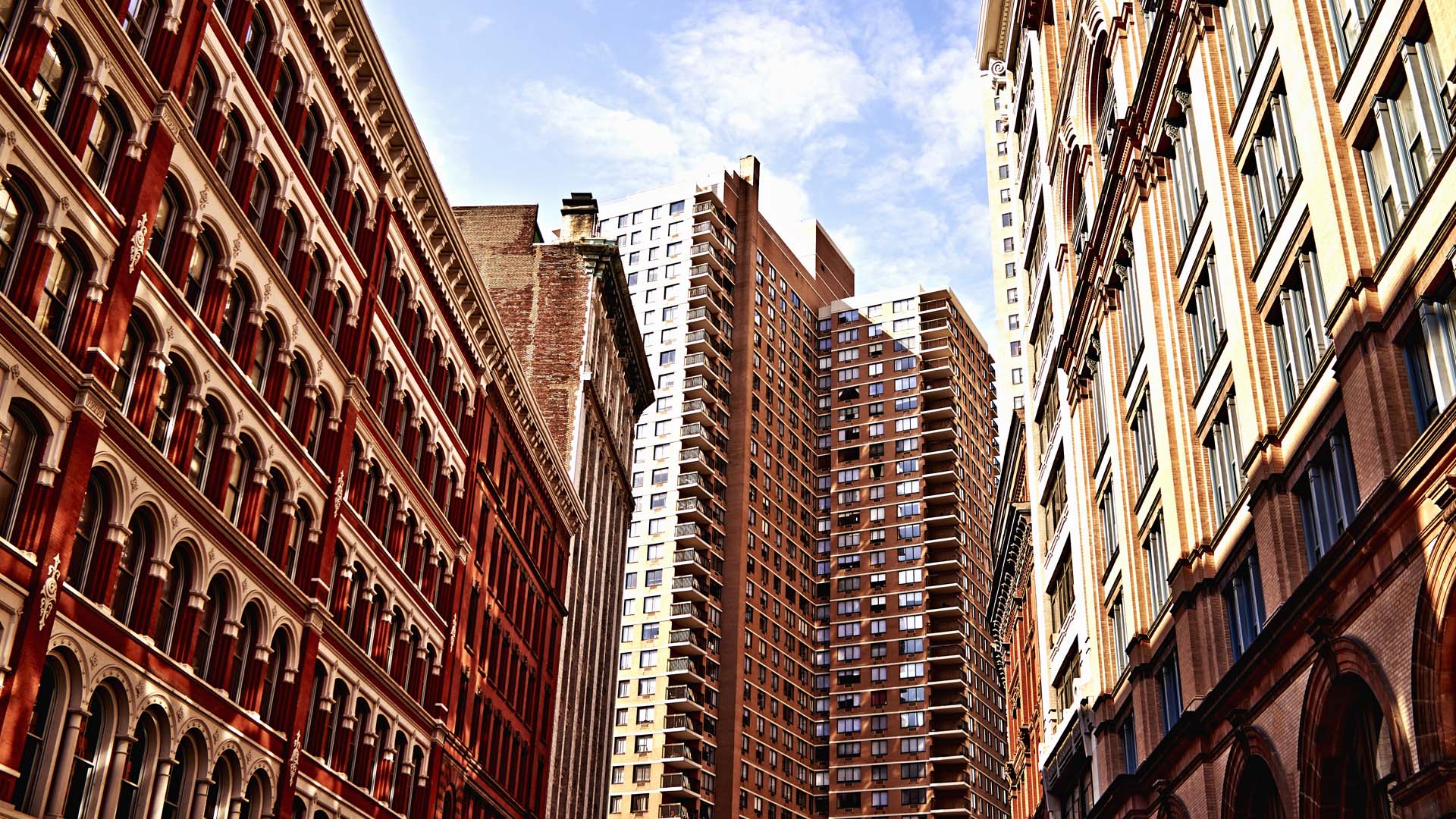Introduction
Following the fire at Grenfell Tower in June 2017, Dame Judith Hackitt produced a report that reviewed fire safety in high-rise multi-occupancy buildings (the Hackitt Review). The Hackitt Review concluded that the previous system was not fit for purpose and made a number of recommendations to create a more effective regulatory framework emphasising accountability and the need for coordinated management of fire safety. The Hackitt Review also recommended a new regulator known as the Building Safety Regulator (BSR).
Key features of the new regime
The main functions of the BSR will be to:
- lead the delivery of the new regime;
- promote competence for everyone working within the built environment (particularly high risk residential buildings); and
- provide oversight of the whole building safety system to make sure it is operating effectively.
The Health and Safety Executive will set up the new BSR, which will be primarily responsible for building safety but will be able to call on expertise from others including local authorities, building control, the local fire and rescue services and any other organisations with appropriate expertise.
There are estimated to be between 12,500 and 13,000 already occupied high-rise buildings in England. For these existing buildings, the BSR will be the new regulator for key decisions around fire and structural safety going forwards. For new buildings, these will need to go through the following stages of assessment.
Gateway 1 – ‘planning gateway one’
The BSR will be a statutory consultee in all relevant planning applications. The developer will be expected to submit a fire statement (similar to a design and access statement) which will provide information about water supply and emergency access.
Gateway 2 – the design stage
Before construction begins, the developer will be required to provide details of building design and building methodology to ensure safe construction for its intended use. The developer will also be required to anticipate the inevitable changes that take place during the construction phase and to ensure competency in the supply chain.
Gateway 3 – the completion stage
At this stage, a final check will be performed to ensure the building has actually been constructed as intended and can be handed over and occupied safely. If the developer fails to fulfil the requirements under Gateway 2 and Gateway 3, then the building cannot progress to the next stage.
Occupation stage – Safety Case and Certificate
The building owner or landlord will be required to develop a Safety Case which must demonstrate that the building owner(s) has the capability to manage the fire and structural risks within their building safely. Once satisfied, the BSR will issue a Certificate or confirmation, which may include recommendations.
The Golden Thread
Running through all of these stages is the ‘golden thread’, which is intended to ensure there is a common consistent thread of concern for building safety and coordination between all those responsible for the building during its lifecycle. At every stage, there will be a ‘duty holder’, who is required to share information with the BSR and with the next duty holder as the building’s life cycle progresses. At the planning stage this will be the principal designer; during the construction phases this will be the principal contractor; and during occupation this is likely to be the building owner(s).
Key points to note
The Building Safety Bill was introduced into Parliament on 30 June 2021. Passage of the Bill is not expected to take any less than nine months. However, planning gateway one came into effect on 1 August 2021 via secondary planning legislation. The new regime is expected to come into full force some time in 2023. In the meantime, developers, consultants and landlords should consider the following key features of the new regime:
- Concern for fire safety throughout the whole lifecycle of a building, from planning through to construction, completion and occupation.
- Identification and elimination of fire and structural risks at an early stage, i.e. from design through to planning and construction.
- Management of the supply chain to ensure competency and safe working including consideration of how the new regime fits with responsibilities under the Construction Design and Management Regulations 2015. Care should be taken to ensure that the obligations arising under this new regime are built into procurement procedures.
- Implementation of appropriate governance measures to ensure oversight at every stage of the process including the transfer of responsibility during various stages of development.
- Creating, maintaining and preserving an appropriate audit trail.






